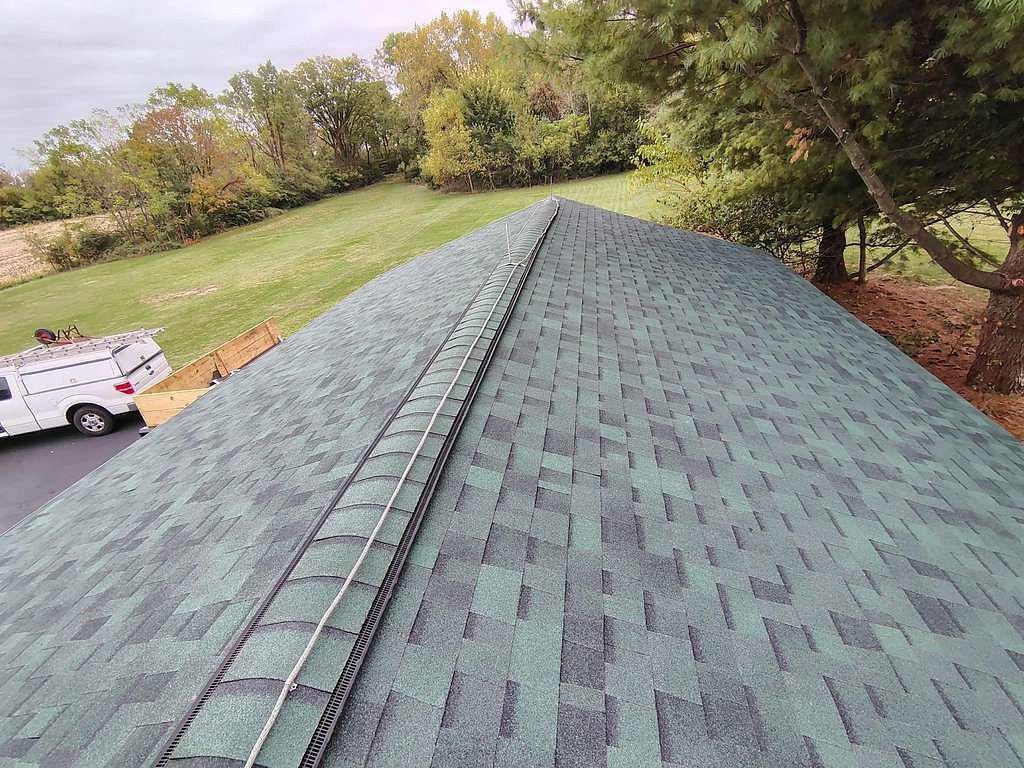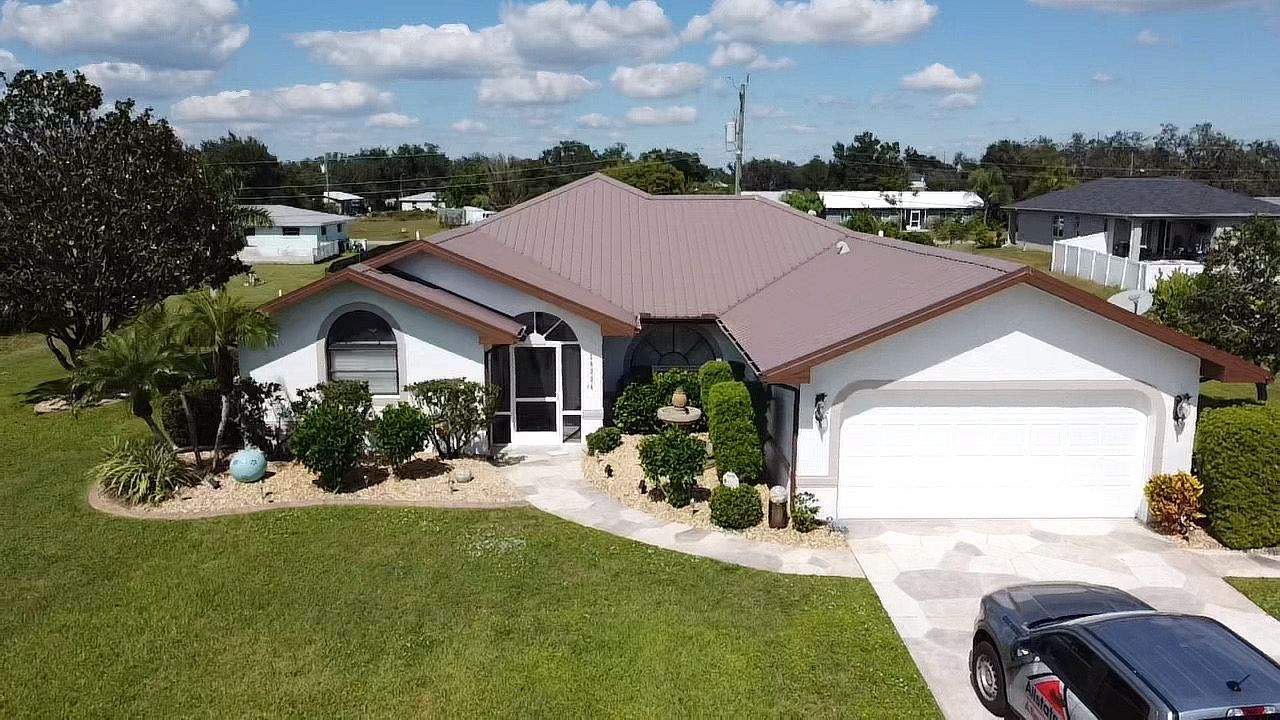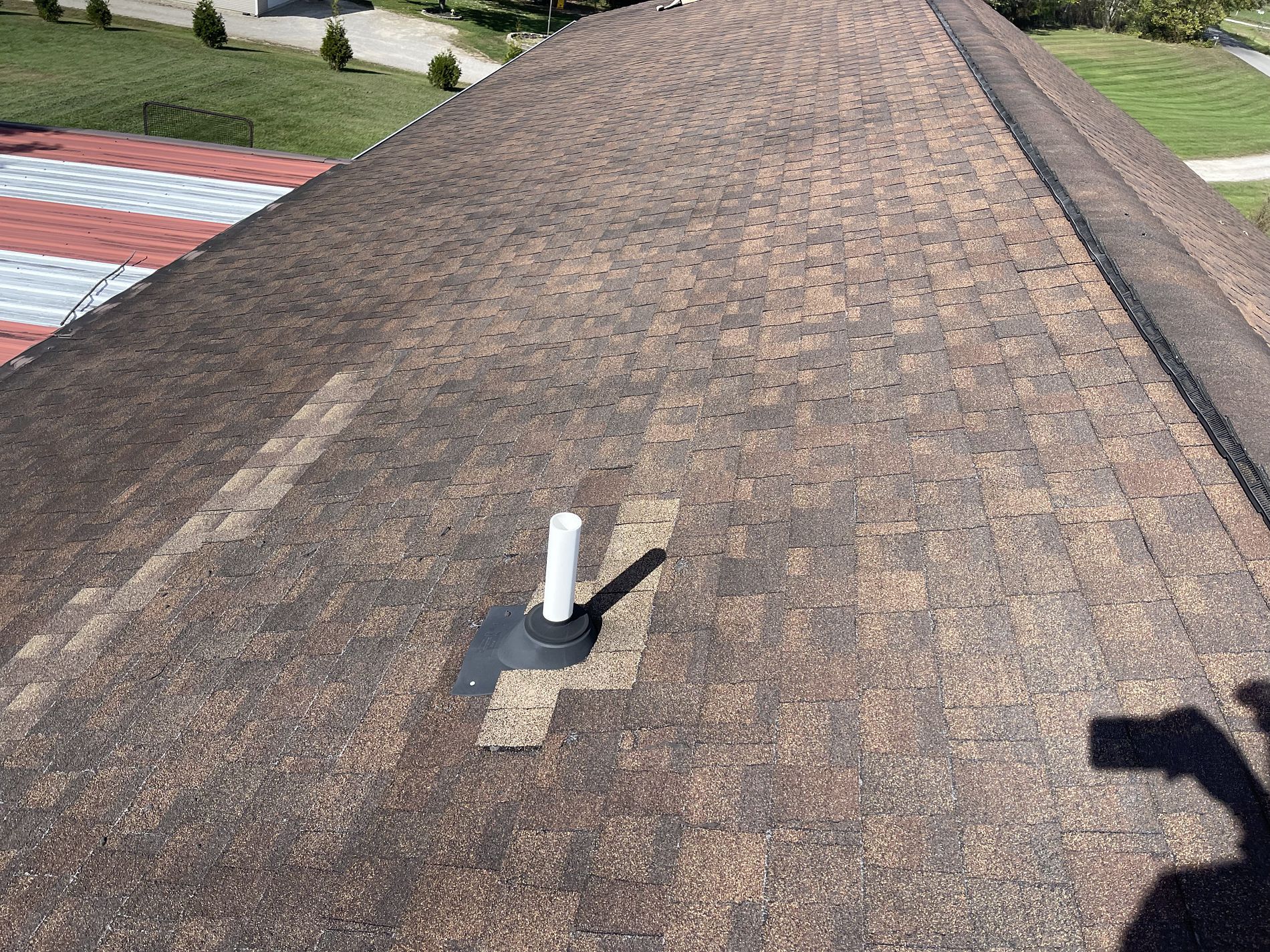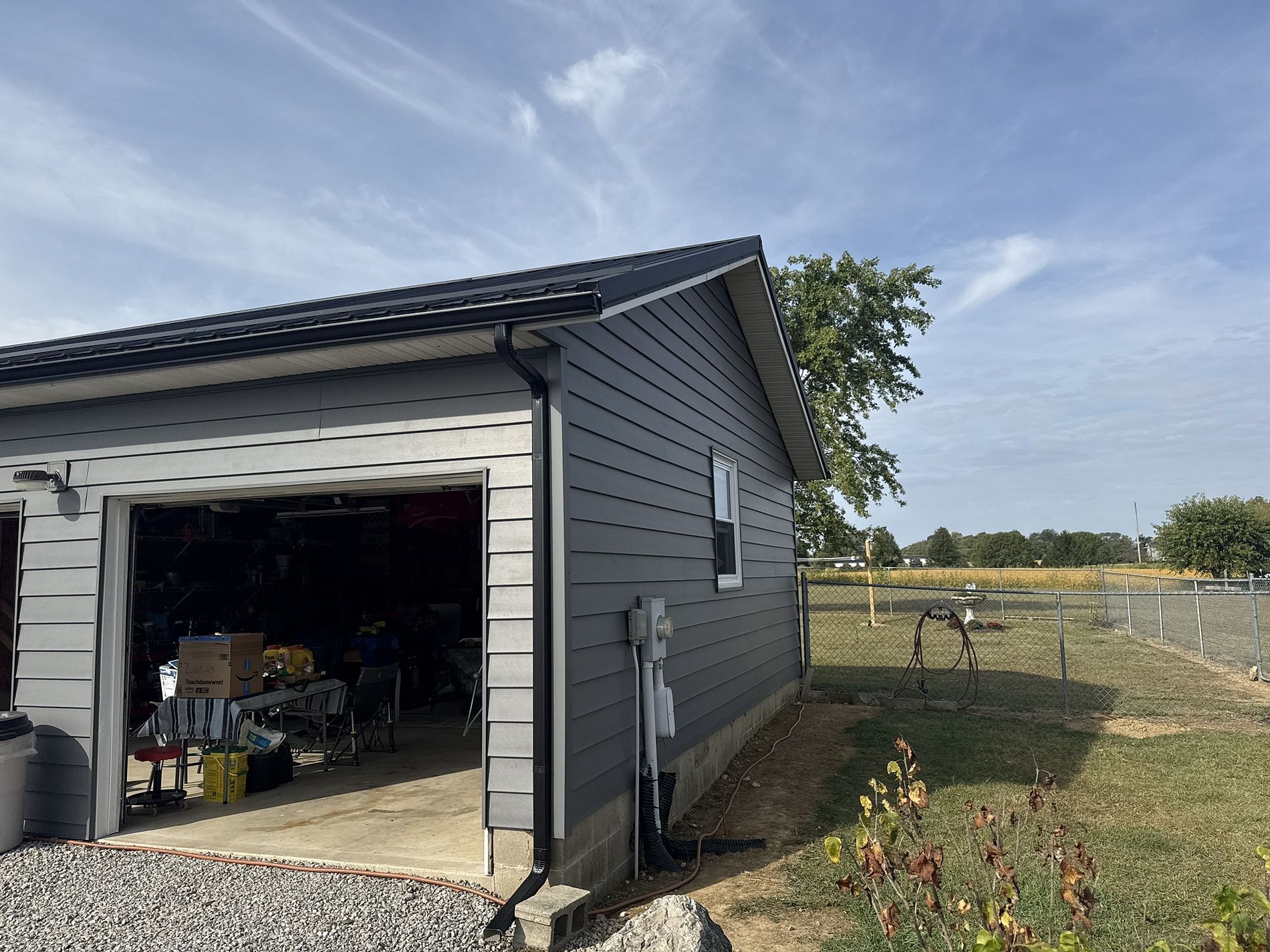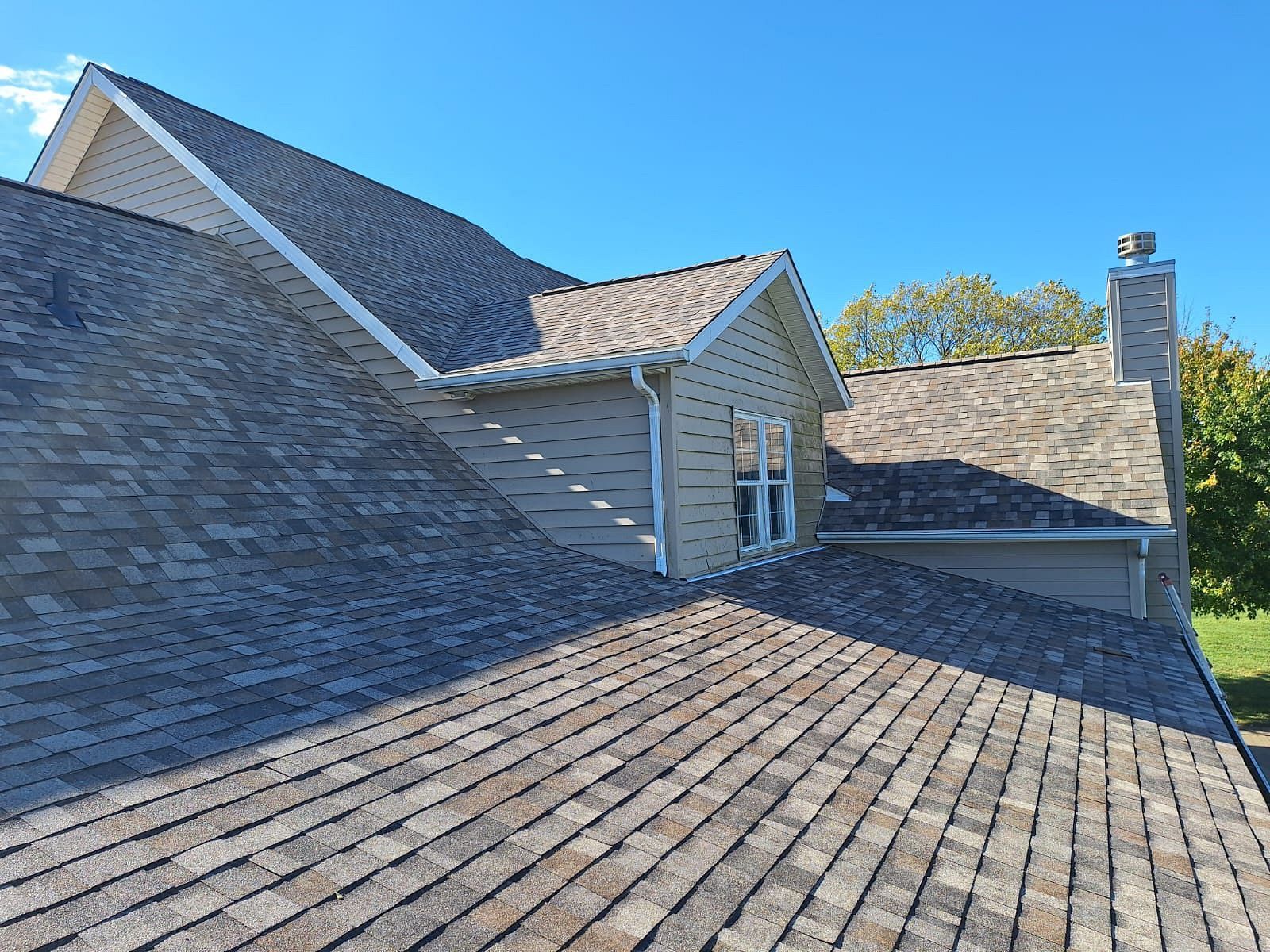What Causes Roof Ice Dams and How To Prevent Them

A layer of snow covering your roof and icicles hanging from the eaves might look pretty. However, your roof could be at risk of having an ice dam form. Ice dams can significantly damage your roof, so learning more about them as a Ohio homeowner is essential. Knowing how your roof might develop this winter hazard and what damage it can cause helps you understand why prevention is important. With winter approaching, this is a good time to become familiar with ice dams and make sure your roof has the protection it needs.
What Causes a Roof Ice Dam?
Problems with Ice Dams
Once you have a roof ice dam, runoff from melted snow can’t reach your gutter system. Instead, this water can back up under roof shingles and get into your attic. These
roof leaks
can cause several problems for your home. You can end up with damaged roofing shingles that need to be replaced. Shingle damage or loosened shingles that come off can allow even more water into your attic, especially when you still have an ice dam. As water leaks into your roof and attic, the risk of a mold problem increases.
Moisture damage from ice dams can also cause other problems. Your roofing system, including the decking, can develop wood rot. This causes the wood to deteriorate, which can result in structural issues. Ice dams can damage your gutters. These blockages can cause your gutters to tear away from your home, which prevents them from directing melted snow to downspouts. Without a functioning gutter system, water can accumulate around your foundation.
Ways to Prevent Ice Dams
You don’t have to wait and see if you end up with a roof ice dam this winter. Taking steps to prevent ice dams from developing can give you some peace of mind. Doing the following can help reduce the risk of ice dams and the damage they cause.
Find a Dependable Local Roofer
When you need a reliable roofer for ice dam prevention or roof repairs in Central Ohio, you can count on Allstate Exteriors and Restoration. Our team can install a shield along your roof eaves to prevent ice dams. We can also add insulation or ventilation as needed. Our roofing experts understand how damaging ice dams can be, so we’re committed to helping homeowners lower this risk.
If your roof is damaged from ice dams, we provide timely repairs. Whether you need roof repairs or protection from ice dams, contact Allstate Exteriors and Restoration today. We are the go-to-professional roofing contractor in Central Ohio and will help to protect your home from winter hazards.
Clean Your Gutters
Keeping your gutters clean helps ensure that melted snow has a path to the downspouts. This helps keep water from building up in your gutters and freezing. Clear out any branches and other debris that are in your gutters.
Check Your Gutters and Downspouts
Make sure your gutter system doesn’t have any ice buildup. Check it regularly throughout winter. Keeping the gutters and downspouts clear of ice allows melted snow to flow off your roof.
Clear Off Snow
Having snow pile up on your roof can raise the risk of ice dams and structural problems if it weighs too much. Don’t go up on your roof to shovel snow, though, since this is dangerous. You can use a long-handled roof rake to push snow off your roof while you stand on the ground.
Check Your Attic Insulation
Having enough insulation in your attic means heat can’t escape through your roof. When heat from the inside goes through your roof, it can cause snow to melt unevenly. Snow can melt quickly in some areas and more slowly in others. This increases the risk of having ice dams.
Check Attic Ventilation
Adequate ventilation helps keep the air in your attic colder. This helps reduce the risk of thawing and freezing cycles, leading to ice dam formation. Professional roofers can improve your attic ventilation as needed.
Install an Ice Dam Shield
Having shields installed along the eaves of your roof can help stop ice dams from developing. These shields help ensure that melted snow can flow from your roof instead of backing up under the shingles.
